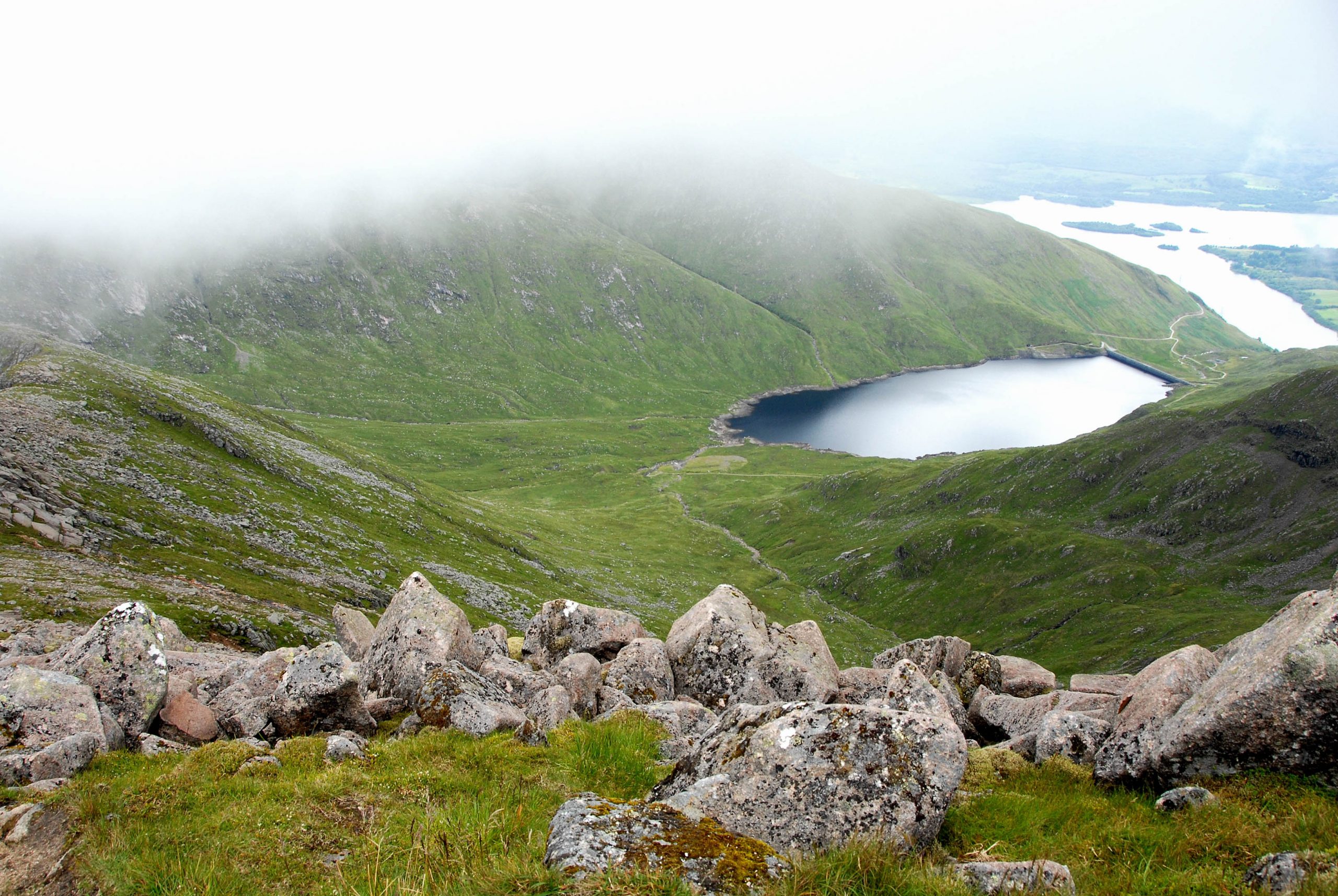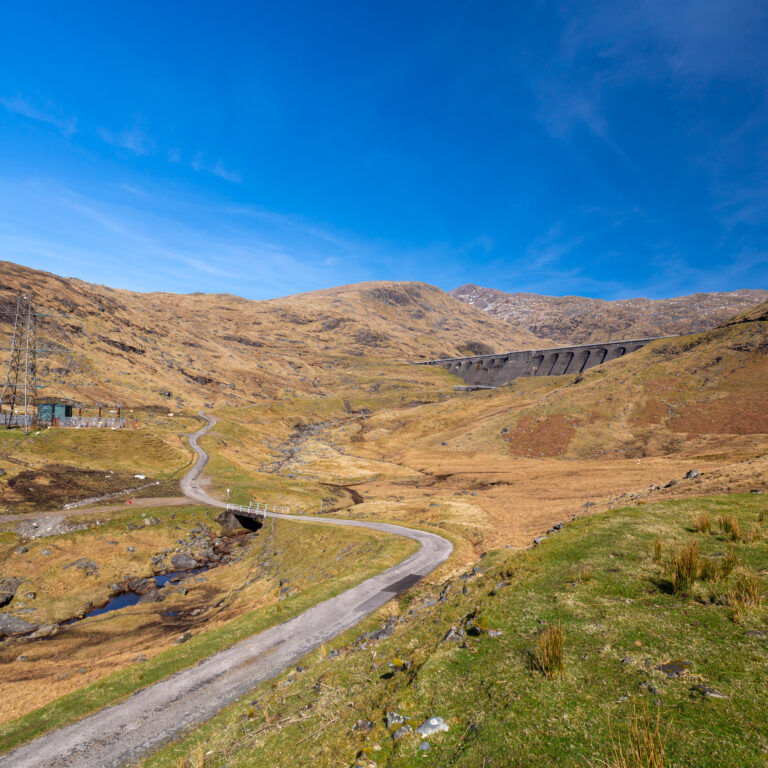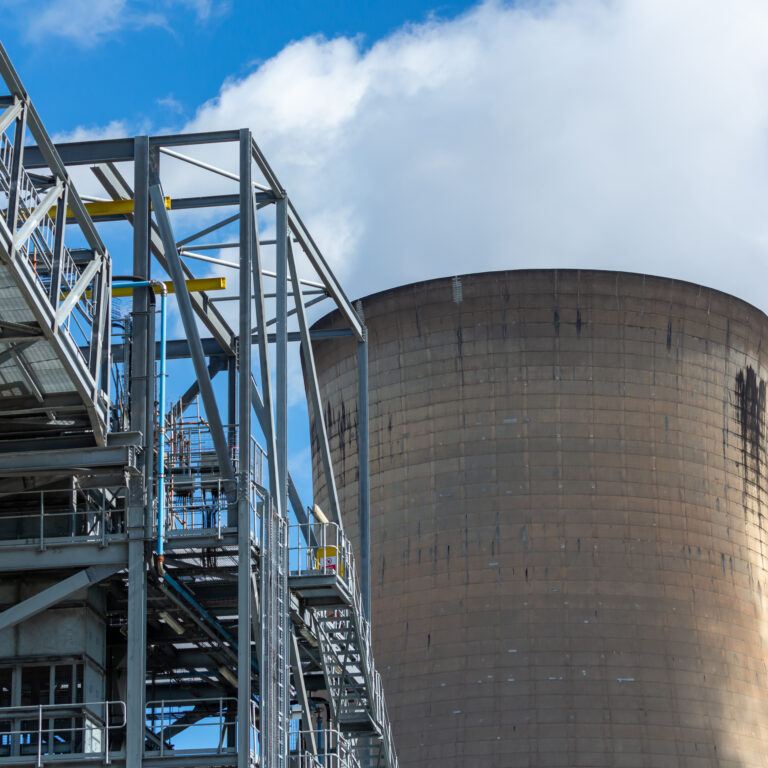In brief
- Pumped storage hydro (PSH) can provide the large-scale power storage that a grid increasingly dominated by wind and solar needs.
- Drax owns and operates Cruachan Power Station, one of the country’s longest serving PSH plants. We are now progressing plans to increase its generation capacity by 600 MW to a total of 1.04GW.
- This expansion project – called Cruachan 2 – would help enable greater deployment of renewables to the grid (approximately 300 GWh a year), deliver cumulative savings of more than £350 million for consumers, and support 900 green jobs.
- Our community consultation for Cruachan 2 is open until 23 July. Please share your view.
- Cruachan 2 could be operational by 2030, but for it to materialise we need the UK Government to commit to creating a route to market for this technology as well as continued support from the Scottish Government.
Great Britain has made incredible advances in wind and solar over the last decade. In fact, the Prime Minister has laid out ambitious plans to power every UK home by offshore wind by 2030. This is a bold and necessary step, but we must be cognisant of the nature of the power that wind and solar bring to the grid.
Unlike the fossil fuels on which the grid was built, intermittent power sources – such as wind or solar – only generate electricity when the wind is blowing or the sun is shining and turning them off when they are generating too much power is wasteful. A grid overly reliant on these sources can fall victim to unfavourable weather conditions, leading to too little power generation and the risk of blackouts.
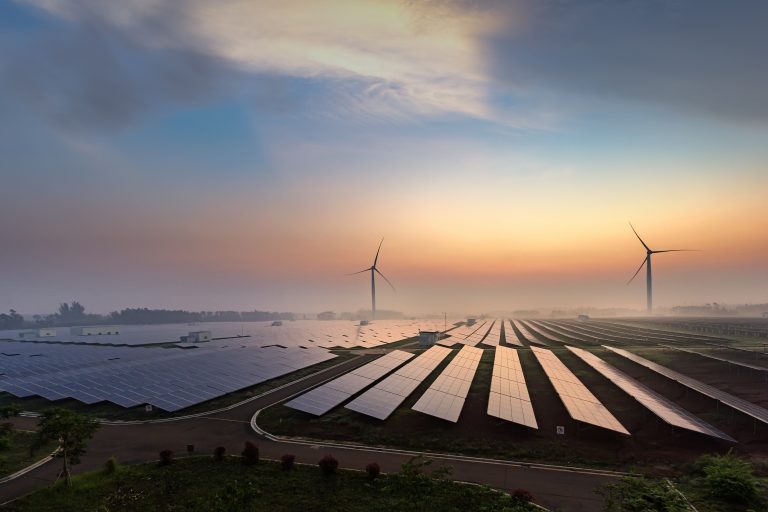
Grid scale flexibility and long duration energy storage technologies can address this, as they are able to preserve excess power when generation is peaking, and then release it back on to the grid when demand rises. The problem is, how do you create storage large enough to operate at grid scale? And how do you deploy that at a speed quick enough to meet sudden changes in demand?
We believe pumped storage hydro (PSH) is an essential component of a decarbonised, reliable electricity grid. The country is at a point where it needs more PSH to take the next step forward in its journey to a net zero economy – at Drax we are poised to help deliver it.
We now need the support and stability of technologies like pumped storage hydro to ensure our grid is not only greener, but stable, affordable and flexible.
Looking at Scotland specifically, its emissions reduction targets, its 2045 commitment for net zero and the challenges facing the Scottish Government today are very different to those it faced just a decade ago.
We entered a new era for climate action in Scotland at the beginning of the 2020s. The challenge for the next decade is to accelerate the decarbonisation of other sectors of the economy, much of it via electrification and to increase flexibility in the power system to help meet the challenge of operating large amounts of intermittent renewable power.
The power of pumped storage hydro
PSH works like this: in times of surplus electricity supply (for example, when weather allows for high volumes of wind and solar) it uses excess grid electricity to pump water up into high altitude reservoirs. Then, in times of high demand but low generation, that water is released back downhill, powering turbines that generate electricity as it goes.
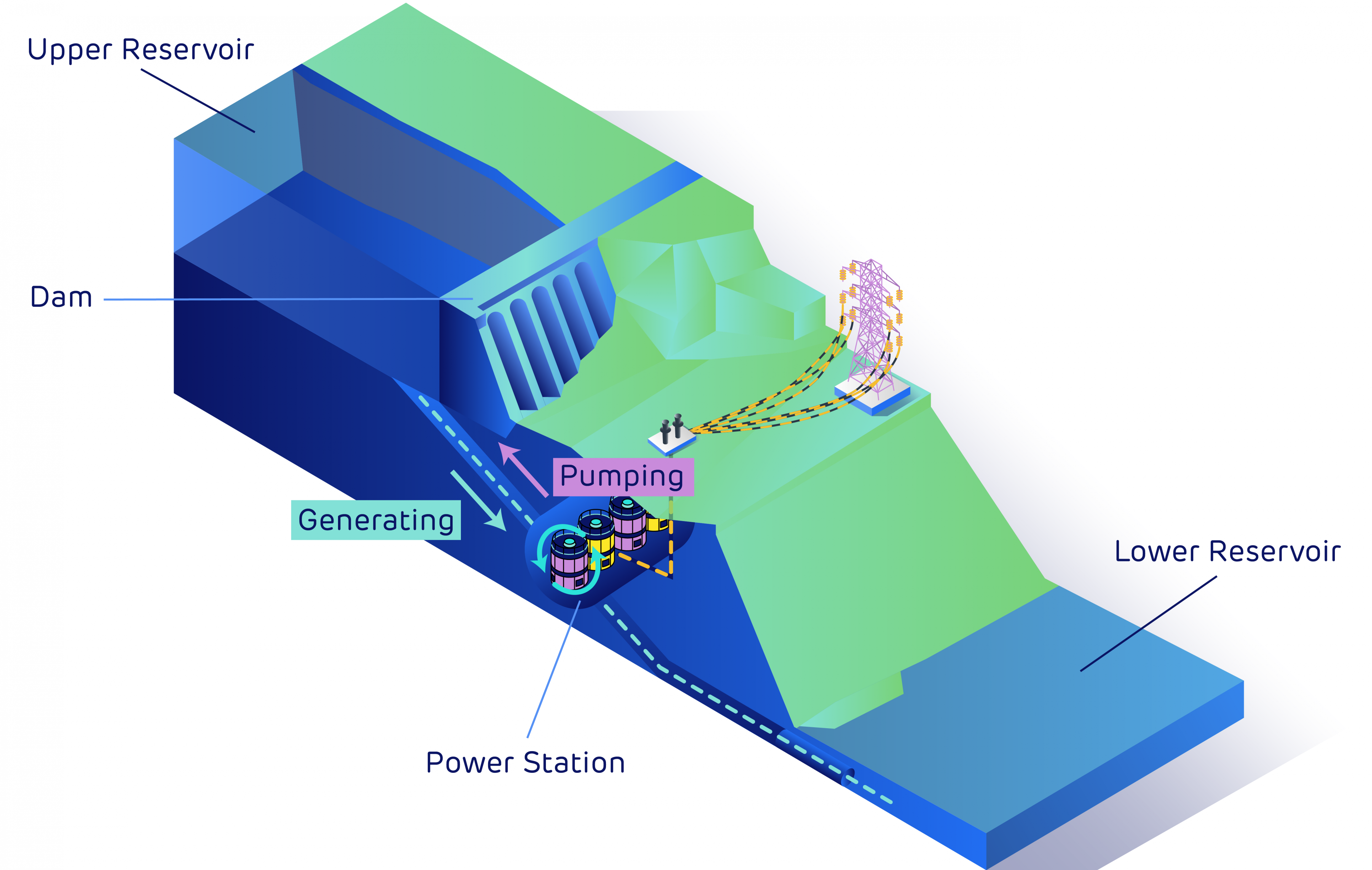
Pumped Storage Hydro (PSH) at Cruachan Power Station
At Ben Cruachan in Argyll, Scotland, Drax already operates one of the largest PSH facilities in the UK. Built in the mid 1960s, Cruachan Power Station has a capacity of 440 megawatts (MW) and is able to power a city for 16 hours.
How do you create energy storage large enough to operate at grid scale? And how do you deploy it at a speed quick enough to meet sudden changes in demand?
For more than 55 years it has been an integral part of supporting the country’s grid, but it could do more. That’s why we’re planning an expansion, which we call Cruachan 2 – a project that would add another 600 MW of pumping and generation capacity to the plant for a total of 1.04 GW of power.
This would not only support the UK’s renewable strategy but enable more wind and solar onto the grid and deliver cumulative savings of more than £350 million to consumers as the network continues to decarbonise.
And on top of storage provision, the construction and operation of Cruachan 2 would directly create 300 jobs over the five-to-six-year construction period and support a total of nearly 900 jobs across the region – not to mention provide a range of ancillary grid services such as inertia that help will keep the network stable.
We’re progressing plans to have Cruachan 2 operational by 2030, but success will rely on the right policies and commitments from Government to instil investor confidence by reducing risk.
The policy needed to support pumped storage hydro
As highlighted in a recent report by the Renewable Energy Association, energy market mechanisms that were introduced to support low carbon and renewable generation (such as Contracts for Difference and the Capacity Market) are not able to support projects like Cruachan 2, which come with significant up-front costs and long build times.
However, if the Government were to investigate the possibility of introducing alternative mechanisms to support long-duration, large-scale energy storage technologies (similar to those used to enable interconnectors), it could pave the way for PSH to play a powerful supporting role in creating a greener, cleaner UK, where climate and economic sustainability go hand in hand.
Renewables are essential to the UK reaching net zero, and the work that has been done to increase their capacity on the country’s grid is testament to the Government’s ambition. But we now need the support and stability of technologies like PSH to ensure our grid is not only greener, but stable, affordable and flexible.
Go deeper
Find out more about Cruachan 2 and take part in our community consultation.








